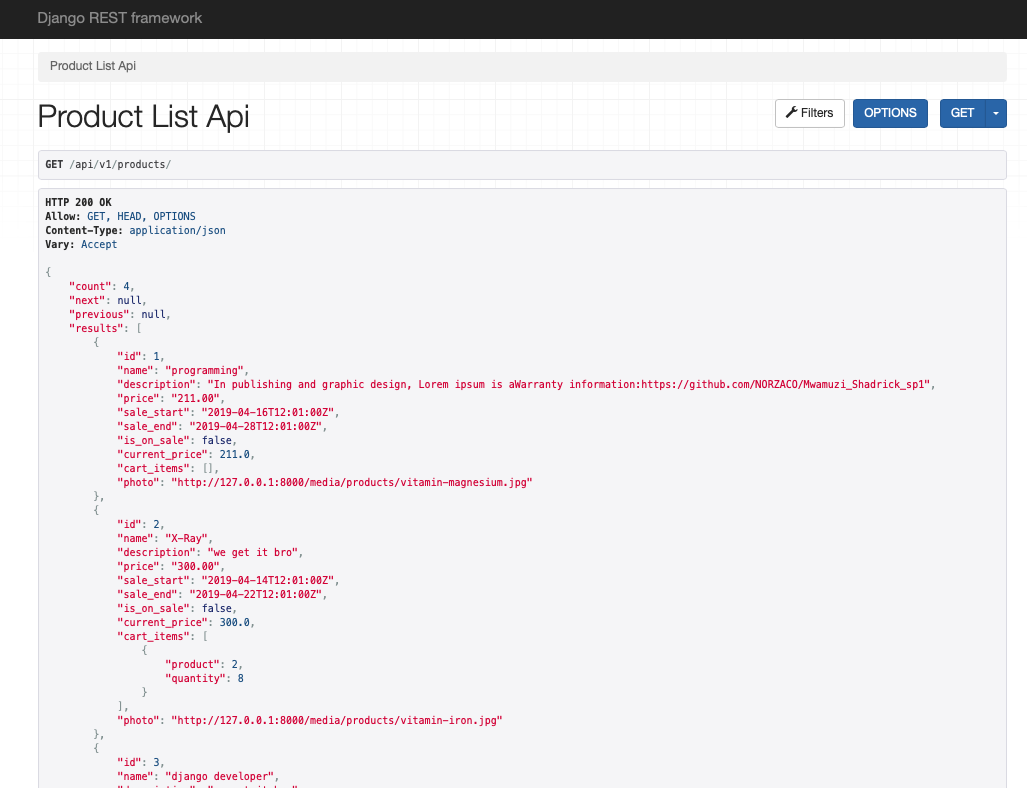APIs (Application Programming Interfaces) have become a cornerstone of modern web development, allowing applications to communicate with each other and share data seamlessly. Whether you're building a front-end e-commerce site, a mobile app for iOS or Android, or any other application, having a robust API is essential. For Python and Django developers, the Django REST framework is a powerful and natural choice for creating RESTful back-end APIs.
This comprehensive blog post will explore the Django REST framework and guide you through creating a simple RESTful web API. You'll learn the essential concepts, tools, and techniques to build your data-driven web experiences.

Learning Objectives
Before we dive into the details, let's outline the key learning objectives of this course:
-
Creating a Serializer: Understand how to create serializers to convert complex data into Python-friendly types for your API.
-
Working with API Views: Explore the various types of views available in Django REST framework and how to use them to handle different HTTP methods (GET, POST, PUT, DELETE).
-
Filtering Backends: Learn how to implement filtering mechanisms to retrieve specific data from your API based on user-defined criteria.
-
Enabling Pagination: Implement pagination to efficiently handle large datasets, ensuring a smooth user experience.
-
Executing CRUD Operations: Master the art of performing Create, Read, Update, and Delete operations on your API resources.
-
Managing Serializer Fields: Gain insight into managing and customizing serializer fields to tailor your API responses.
-
Testing API Views: Discover the importance of unit testing and how to ensure your API functions as expected.

Getting Started with Django REST Framework
The Django REST framework is a powerful toolkit for building Web APIs. It's built on top of Django, a popular Python web framework, making it an excellent choice for Python developers. With Django REST framework, you can quickly develop APIs with features like authentication, serialization, and automatic URL routing.
Creating a Serializer
Serializers are a fundamental part of Django REST framework. They allow you to convert complex data types, such as Django model instances, into native Python datatypes, which can then be easily rendered into JSON, XML, or other content types. Creating a serializer is the first step in building your AP
Conclusion
The Django REST framework is a powerful and flexible toolkit for building RESTful APIs in Python and Django. By mastering the concepts and techniques covered in this course, you'll be well-equipped to create your own data-driven web experiences and deliver data to various applications seamlessly.
If you're ready to dive into the world of Django REST framework, stay tuned for our upcoming tutorials where we'll walk you through each of these topics in more detail. In the meantime, don't hesitate to explore the official Django REST framework documentation for more in-depth information.

Comments